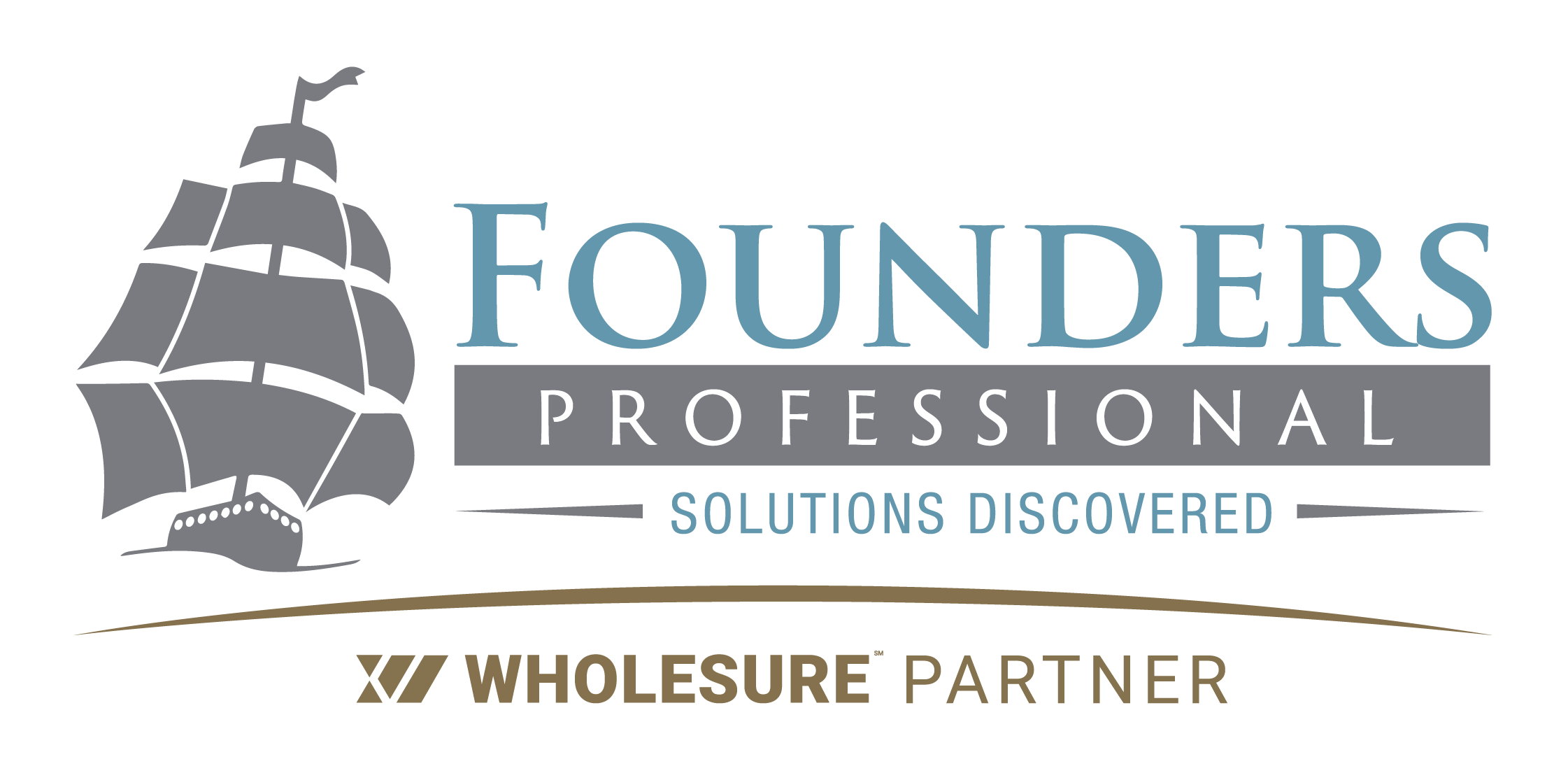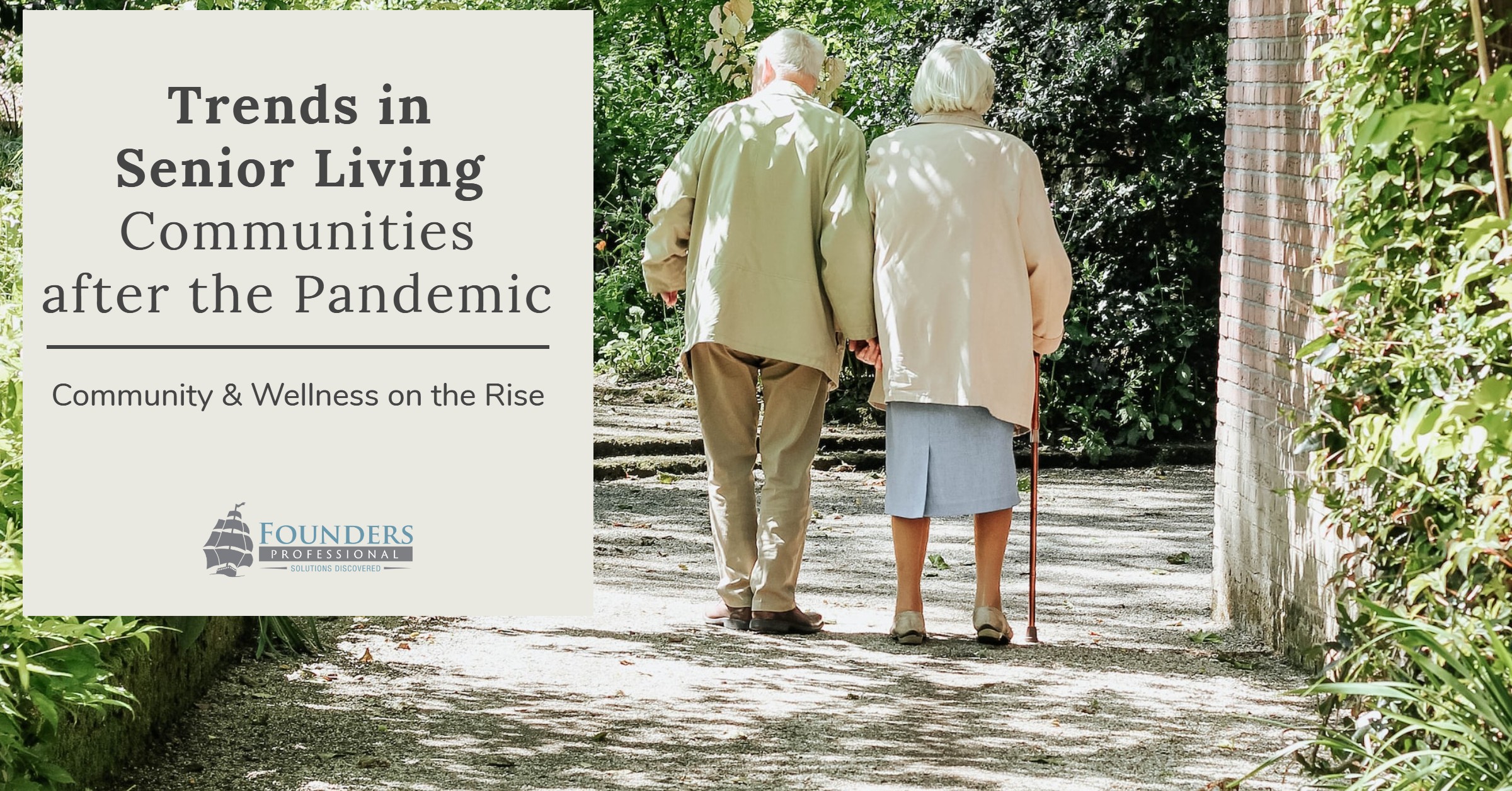Trends in Senior Living Communities after the Pandemic
During the COVID-19 crisis, senior living communities were greatly impacted by the pandemic. Senior communities were put into survivor mode – as they struggled with virus control, increased mortality, and forcing seniors into isolation from their family and friends.
With the heaviest part of the pandemic behind us, seniors are again searching for their ideal living community. Occupancy rates at senior facilities are on the rise and are expected to exceed pre-pandemic numbers soon. Senior communities are doing their part to modernize and safeguard their communities to attract residents.
Different Types of Senior Living Communities
Independent Living Facilities: Facilities that are available for seniors that do not need personal assistance or medical care. Seniors can take part in community events, field trips, etc.
Assisted living Facilities: Facilities that provide personal and safe housing for the elderly that need supervision with medication and daily activities. These residents do not require 24-hour care.
Nursing Home (Skilled Nursing): Nursing Home communities are for residents who are there for long-term residency; they cannot live independently and usually require 24-hour supervision due to physical or mental limitations.
Continuing Care Retirement Communities (CCRC’s): This type of community is a long-term option for older people who want to stay in the same place through the different phases of the aging process. Patients transition from independent living, to assisted living, then to skilled nursing care.
The Top 5 Trends in Senior Living Communities after the Pandemic:
1) Technology– Senior communities are investing heavily to have the latest in technology. During the pandemic many seniors were not allowed to see family and friends, so an increase and reliance on the internet became a non-negotiable. As a result, residents will now have the ability to make Zoom calls with family & friends, attend telehealth visits with physicians, as well as be able to partake in other online services. Additionally, many facilities are working to make the environment safer for seniors by including hands free technology such as touchless entries, voice assistance, mobile applications, fall detection technology, internet connected physical therapy equipment and more.
2) Improved Living Spaces – Facilities are developing their communities. The settings are less institutional and are designed to feel more like homes with a relaxed feel. Some facilities are creating ‘neighborhoods’ of residents in which 10 or 12 suites are clustered together to limit the number of staff and residents; as well as to help with airflow in shared spaces. This trend started with nursing homes and is now transitioning to assisted and independent communities.
3) Improved Air Quality – Senior communities are paying more attention to air quality. Facilities are putting in-place electrostatic air filters that attract virus particles and destroy them.
4) Wellness – To boost the mental and physical health of residents, designers are incorporating better lighting, color palettes and materials in their facility design.
5) More Indoor/Outdoor Spaces – Senior facilities are creating outdoor areas that allow for social distancing and activities for residences. Additionally, some facilities are now including balconies for residents to spend more time outdoors, and to use the space with families and friends.
Senior living communities that engage in these trends and best practices, will help to facilitate a sense of belonging, community, safety, and overall wellbeing with their residents. As well as make facilities safer, cleaner, and healthier for residents and guests.
About the Author
Ingrid Raphael-Seplowe is a wholesale insurance Broker with Founders Professional. She focuses on assisting insurance agents in the placement of their hard-to-place healthcare, life sciences, management liability, and cyber liability insurance risks. Ingrid can be reached directly at Ingrid.Raphael@founderspro.com.

